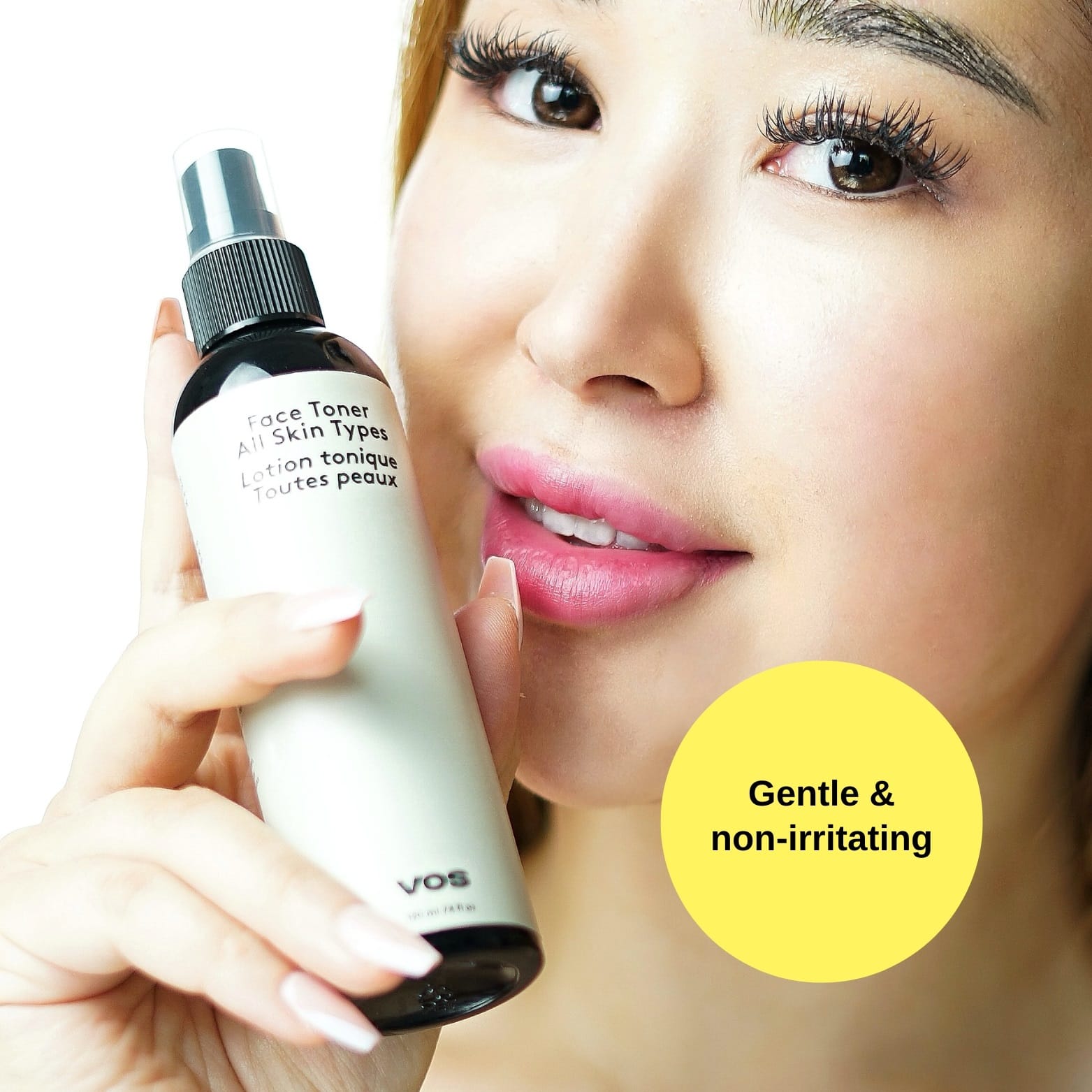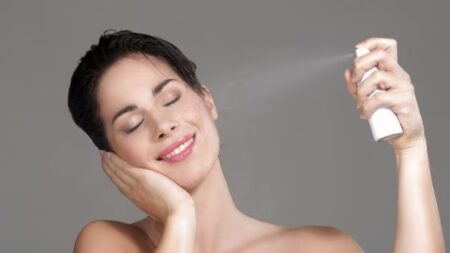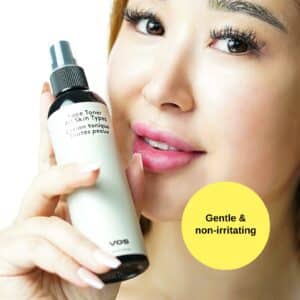Achieving an even skin tone is a common skincare goal, yet many people struggle with pigmentation, dull patches, or discoloration. Uneven skin tone can result from several factors, including sun exposure, hormonal changes, and skin damage. Fortunately, understanding the causes and adopting a consistent skincare routine can help improve skin texture and tone over time.
This article outlines practical, evidence-based steps for those looking to fix uneven skin and maintain a more balanced complexion.
Understanding What Causes Uneven Skin Tone
Sun Exposure and UV Damage
One of the most significant contributors to uneven skin tone is sun exposure. Prolonged or unprotected exposure to ultraviolet (UV) rays can lead to hyperpigmentation, dark spots, and general skin damage. UV rays trigger the production of melanin, a pigment responsible for skin color, and its overproduction in localized areas results in uneven skin tone.
Post-Inflammatory Hyperpigmentation (PIH)
After acne, cuts, burns, or irritation, the skin may develop dark marks. This is known as post-inflammatory hyperpigmentation. PIH is particularly common among individuals with deeper skin tones and may take weeks or months to fade without treatment.
Hormonal Changes
Melasma, often caused by hormonal fluctuations, particularly during pregnancy or from birth control use, presents as brown or gray patches on the face. This form of pigmentation is more challenging to treat and requires a targeted skincare approach.
Pollution and Environmental Stressors
Air pollutants, dirt, and toxins accumulate on the skin and can weaken its barrier, leading to dullness and uneven tone. Over time, these environmental factors cause oxidative stress that contributes to premature aging and discoloration.

Daily Skincare Routine to Improve Skin Tone
A structured and gentle skincare routine plays a vital role in evening out the skin tone. Each step supports healthy skin renewal and prevents further discoloration.
Cleanse Gently, Twice Daily
Use a non-stripping cleanser formulated for your skin type. Cleansing in the morning and evening removes impurities and excess oil while preparing the skin for treatment products.
Exfoliate Regularly (But Carefully)
Exfoliation helps remove dead skin cells and encourages regeneration. Look for products containing alpha-hydroxy acids (AHAs) like glycolic acid or lactic acid, or beta-hydroxy acids (BHAs) such as salicylic acid. Limit use to 2–3 times a week to avoid over-exfoliation.
Incorporate Brightening Ingredients
Products that target pigmentation and dullness are key. Look for:
- Vitamin C: An antioxidant that supports collagen and reduces the appearance of dark spots.
- Niacinamide: Helps regulate sebum and fade discoloration.
- Licorice root extract: Naturally brightens and soothes the skin.
Hydrate and Strengthen the Skin Barrier
Hydration is essential for healthy skin renewal. Choose moisturizers with hyaluronic acid, ceramides, or glycerin. These ingredients help the skin retain moisture, reducing dryness and flakiness that can contribute to patchy tone.
Touching or picking at acne or blemishes increases the risk of scarring and pigmentation. Always allow skin to heal naturally or with the aid of topical treatments.
Treatment Options for Persistent Discoloration
Prescription Skincare
Dermatologists may prescribe stronger formulations for stubborn pigmentation, such as hydroquinone, retinoids, or azelaic acid. These should be used under medical supervision.
Chemical Peels
Professional peels use higher concentrations of exfoliating acids to remove damaged skin layers and stimulate new growth. A series of peels may be recommended for significant results.
Laser and Light Therapies
Laser treatments such as fractional lasers or intense pulsed light (IPL) target deeper pigmentation. These treatments require professional consultation and often a few sessions to be effective.
Products to Look For in a Skin Tone Correction Routine
When selecting skincare products for evening out skin tone, ingredients matter more than brand names. Here are useful types:
- Cleansers: Gentle foaming or cream cleansers without harsh surfactants.
- Toners: Alcohol-free with added soothing and hydrating properties.
- Serums: Containing brightening agents like Vitamin C or Tranexamic acid.
- Moisturizers: With ceramides and barrier-repair ingredients.
- SPF: Mineral or chemical sunscreens with broad-spectrum protection.
Conclusion
Learning how to get even skin tone: fixing uneven skin involves patience, informed product choices, and lifestyle support. Addressing the root causes sun damage, hormonal changes, or irritation and following a consistent skincare regimen can make a significant difference. While severe cases may require professional treatment, most uneven skin concerns can be managed with daily care and protection.




